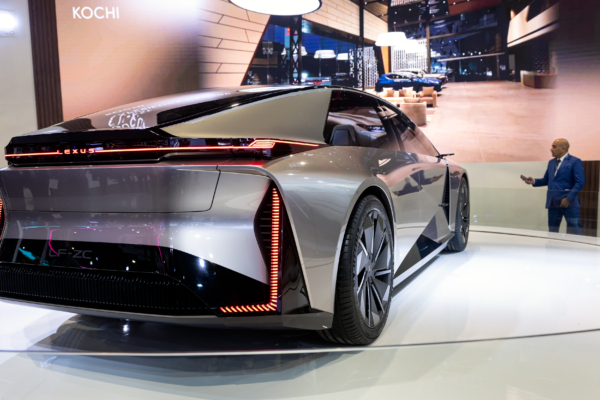Toyota, Honda, and Suzuki are investing billions of dollars in India to establish new car production lines and factories, signaling the increasing importance of India as a manufacturing hub for Japanese automakers amidst their global supply chain adjustments to reduce reliance on China.
According to Reuters, the world’s largest car manufacturer Toyota and Suzuki, which dominates the Indian market with nearly 40% market share, have announced a combined investment of $11 billion in India to strengthen manufacturing and export capabilities in the world’s third-largest car market. Last week, Honda also mentioned using India as a production and export base for one of its electric vehicles.
Industry insiders have pointed out that India’s low costs, abundant labor force, and incentives from the Modi government are key factors driving their shift away from the Chinese market and manufacturing base.
Avoiding competition and policy assistance: India has essentially closed its doors to Chinese electric cars, sparing Japanese automakers from intense price wars with manufacturers like BYD. Additionally, restrictions on Chinese investments in India have served as a form of support, making it difficult for new Chinese car manufacturers to enter the market, while existing Chinese brands such as MG Motor under SAIC Group and BYD struggle to expand their businesses.
Analysts note that brutal price wars among Chinese electric car manufacturers have made profitability increasingly challenging in China. Furthermore, Chinese automakers are expanding overseas, competing for market share in Southeast Asia against their Japanese rivals.
Despite policy support, competition in the Indian market remains fierce. Domestic companies like Tata Motors and Mahindra & Mahindra are expanding their SUV product lines to capture market share.
Data shows that Japan’s annual direct investment in India’s transportation sector, including car manufacturers, surged over seven times from 2021 to 2024, reaching ¥294 billion (approximately $2 billion) last year.
At the same time, Japan’s direct investment in China’s transportation sector cooled off, decreasing by 83% during the same period, amounting to only ¥46 billion last year.
India’s government macro goal: Indian Prime Minister Modi’s administration aims to maintain India’s average annual economic growth of 8% by attracting more foreign manufacturers.
Toyota President Koji Sato emphasized, “The Indian market is extremely crucial and will inevitably grow in the future.”
Toyota plans to launch 15 new or updated models in India by the end of 2030. The company has announced investments exceeding $3 billion to expand capacity, aiming to eventually increase its annual production capacity in India to over 1 million vehicles. Toyota is collaborating with Japanese and Indian suppliers to expand local production of hybrid components.
For Honda, India is the largest market for its lucrative two-wheeler business. CEO Toshihiro Mibe stated that the company plans to intensify its four-wheeler business and use India as one of the production and export bases for its “Zero series” electric vehicles.
Suzuki is investing $8 billion in India to expand its annual production capacity to 4 million vehicles. Suzuki’s Indian arm, Maruti Suzuki, has become the country’s top-selling car manufacturer and largest car exporter.
Analysts at S&P Global Mobility noted that India’s protectionist stance towards neighboring countries has turned into an advantage for Japanese car manufacturers. It is this situation that has presented them with opportunities to expand their investments in India.

